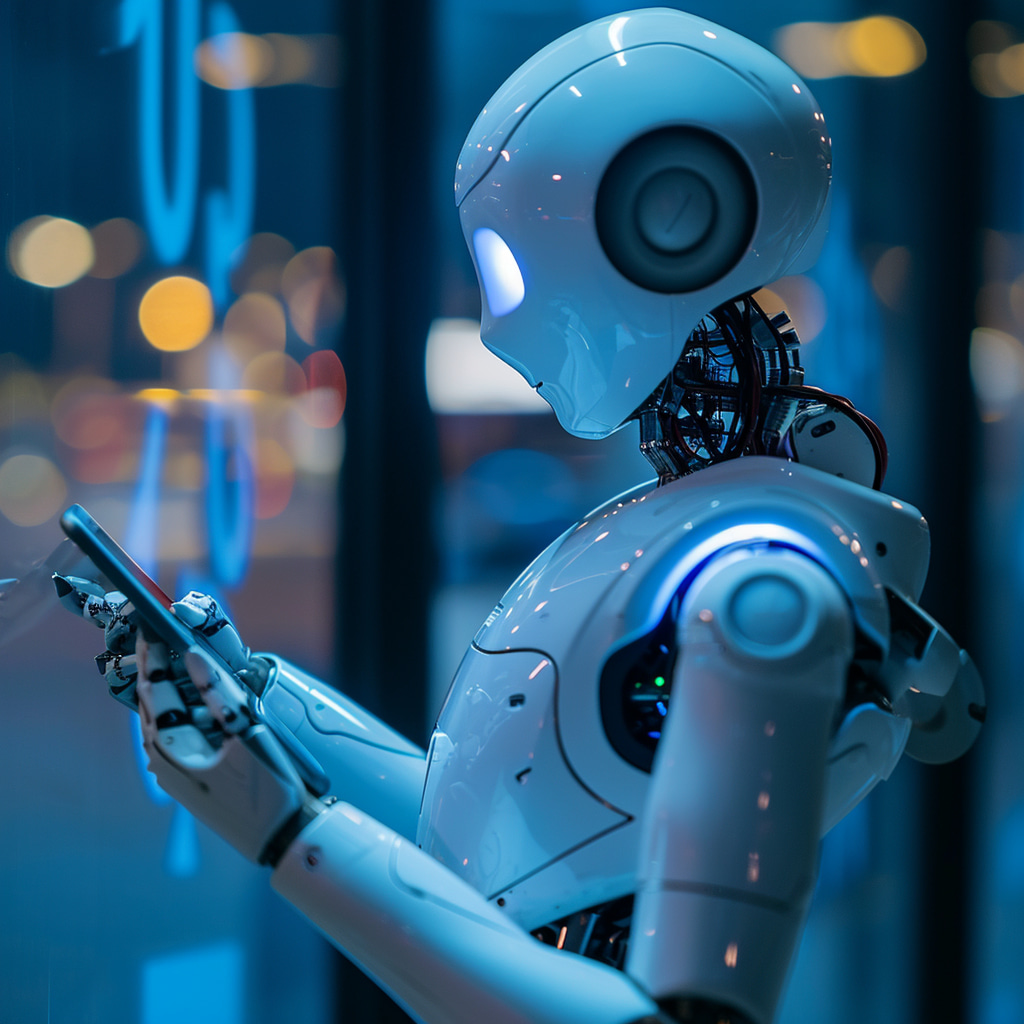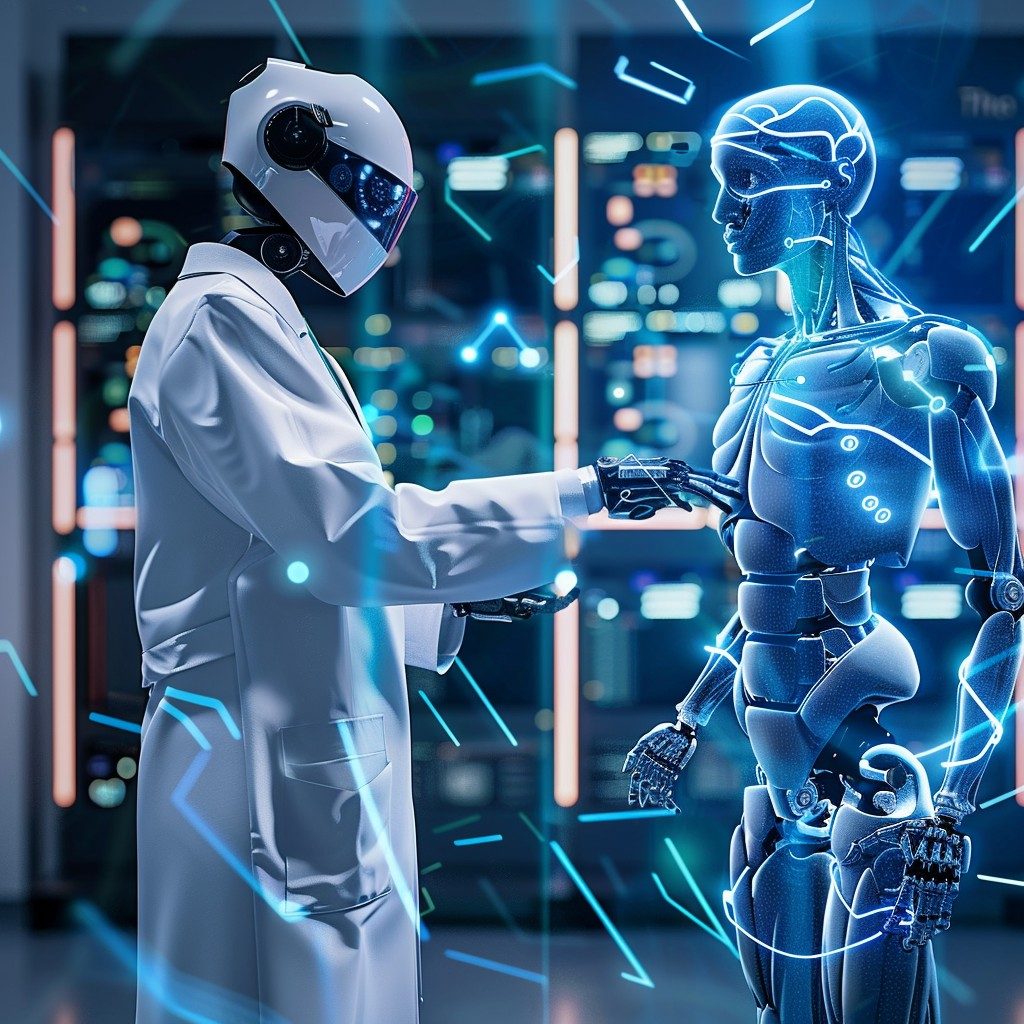In the rapidly evolving landscape of artificial intelligence, 2023 marked a pivotal year for AI chatbots, with ChatGPT emerging as a household name. This guide endeavors to shed light on the various players in this field, exploring their unique strengths and applications. As businesses and individuals increasingly integrate these chatbots into their daily operations, the quest for the best AI chatbot intensifies.
The rise of AI Chatbots: A brief overview
In the realm of software applications and web interfaces, AI chatbots have swiftly carved out a niche, captivating users with their ability to generate human-like conversations and address an array of tasks. While some serve as straightforward helpbots on websites, others, like ChatGPT, boast the prowess to handle complex tasks that would typically demand considerable human effort. From legal advice to financial planning, recipe suggestions, website design, and content creation, the applications of AI chatbots span a wide spectrum.
The past 12 months have witnessed the meteoric rise of an ecosystem of AI chatbots, with applications like Bard and Claude gaining substantial followings. Each chatbot distinguishes itself through a unique selling point, catering to specific needs. Some excel in sourcing accurate, factual information, while others focus on coding, planning, or entertainment. This diversity ensures users can find a chatbot aligned with their preferences and requirements.
Evaluating the best AI Chatbots of 2024
For those navigating the vast landscape of AI chatbots, the guide offers a comprehensive evaluation of the leading contenders. Apart from the omnipresent ChatGPT, it explores the strengths of other prominent players, providing insights into their performance across different domains. From accuracy in providing information to proficiency in coding and planning, users can make informed decisions based on their unique priorities.
The widespread adoption of AI chatbots extends beyond the confines of workplaces, penetrating both consumer and business-facing spheres. Leveraging large language models (LLMs), these chatbots harness machine and deep learning techniques, gaining a nuanced understanding of language. The applications are diverse, ranging from enhancing productivity in professional settings to providing valuable assistance in varied tasks.
The mechanism behind the chat: Unpacking large language models
At the core of AI chatbots lies the engine that powers their conversational prowess – large language models (LLMs). These algorithms leverage machine and deep learning methodologies, drawing insights from vast datasets to comprehend and generate language. As a form of artificial intelligence, LLMs form the backbone of the capabilities exhibited by AI chatbots.
Selecting the optimal AI chatbot hinges on various factors. The language model underpinning the chatbot, its pre-defined functionality, and access to data sources play pivotal roles in determining its abilities. Users are encouraged to test different chatbots, not only to fulfill specific tasks but also to broaden their understanding of AI tools. Moreover, being aware of viable alternatives ensures continuity in service, particularly when periodic disruptions occur.
Navigating the AI Chatbot landscape
In the ever-evolving world of AI, the year 2024 brings forth a diverse array of chatbots catering to distinct needs. As businesses and individuals increasingly integrate these digital companions into their workflows, understanding the unique strengths and applications of each becomes paramount. Whether seeking accuracy, entertainment, or productivity, the guide equips users with the knowledge to navigate the AI chatbot landscape confidently. As technology continues to advance, the role of AI chatbots is set to become even more integral in shaping the way we work and interact with digital assistants.





